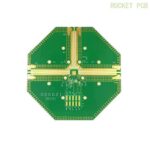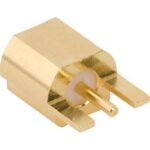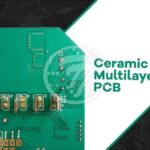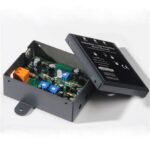
ALL ABOUT FLEX PCB
-
How to Ensure Success of BGA PCB Assembly
Posted by
–
 Read more: How to Ensure Success of BGA PCB Assembly
Read more: How to Ensure Success of BGA PCB AssemblyProper PCB Design for BGA Components The first step in ensuring the success of BGA PCB Assembly is proper PCB design. The following are some design considerations for BGA components: Pad Size and Pitch The pad size and pitch of BGA components should be carefully designed to ensure proper soldering […]
-
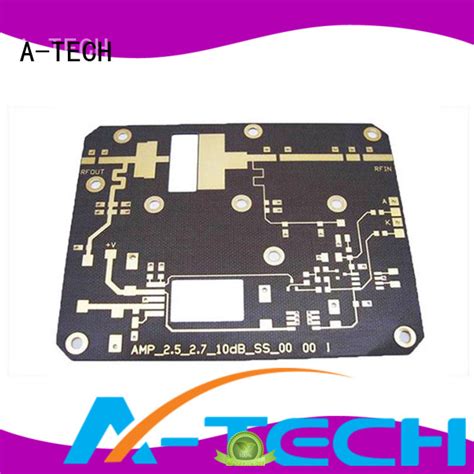 Read more: Discount PCB Fabrication – 20% Off for PCBs from RAY PCB
Read more: Discount PCB Fabrication – 20% Off for PCBs from RAY PCBIntroduction to PCB Fabrication and RAY PCB Printed Circuit Boards (PCBs) are the backbone of modern electronics. They provide a reliable and efficient way to connect electronic components and create complex circuits. PCB fabrication is the process of designing, manufacturing, and assembling these boards. RAY PCB is a leading provider […]
-
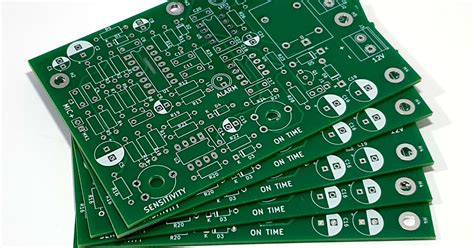 Read more: How to Design High-Frequency PCBs? 11 Clearest Design Rules
Read more: How to Design High-Frequency PCBs? 11 Clearest Design RulesUnderstanding High-Frequency PCBs Before diving into the design rules, let’s define what we mean by high-frequency PCBs. These are circuit boards that operate at frequencies above 100 MHz, where the wavelength of the signal becomes comparable to the dimensions of the PCB traces. At these frequencies, the behavior of the […]
-
What is PCBA Box Build Assembly?
Posted by
–
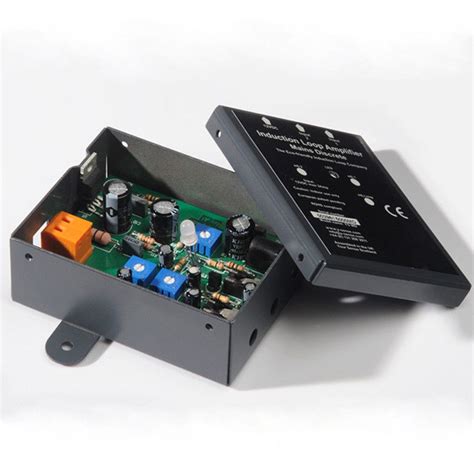 Read more: What is PCBA Box Build Assembly?
Read more: What is PCBA Box Build Assembly?Introduction to PCBA Box Build Assembly PCBA (Printed Circuit Board Assembly) box build is a comprehensive manufacturing process that involves the assembly of electronic components onto a printed circuit board (PCB) and the subsequent integration of the PCB into a complete electronic device or system, often housed within a protective […]
-
Breadboard Vs PCB: What are the Differences
Posted by
–
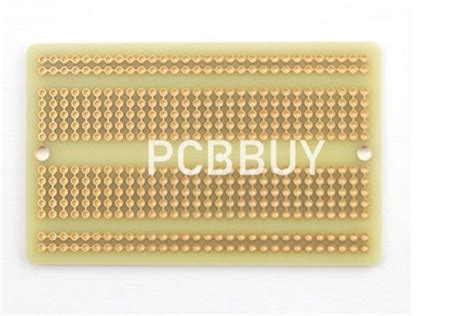 Read more: Breadboard Vs PCB: What are the Differences
Read more: Breadboard Vs PCB: What are the DifferencesWhat is a Breadboard? A breadboard is a reusable prototyping board used for building and testing electronic circuits without the need for soldering. It consists of a plastic board with a grid of holes, into which electronic components and jumper wires can be inserted. The holes are connected internally in […]
-
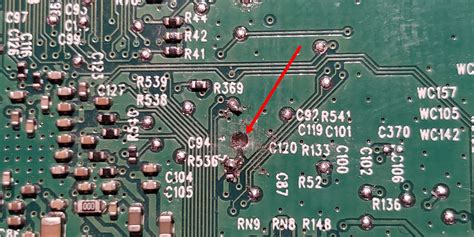 Read more: 9 Problems and Solutions with Printed Circuit Boards
Read more: 9 Problems and Solutions with Printed Circuit Boards1. Solder Bridging Solder bridging occurs when excess solder creates an unintended connection between two or more solder pads or traces on a PCB. This can lead to short circuits and malfunctions in the electronic device. Causes of Solder Bridging Incorrect Solder Paste application Improper solder reflow process Poor component […]
-
PCB Prototype Manufacturing Process
Posted by
–
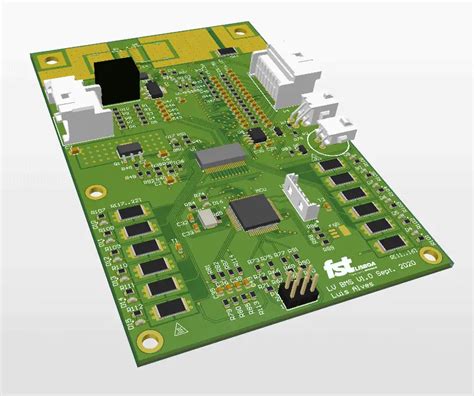 Read more: PCB Prototype Manufacturing Process
Read more: PCB Prototype Manufacturing ProcessWhat is PCB Prototyping? PCB prototyping is the process of creating a small number of printed circuit boards for testing and validation purposes. These prototypes are used to verify the functionality, reliability, and manufacturability of the design before committing to large-scale production. PCB prototyping enables engineers to identify and resolve […]
-
PCB History and Development
Posted by
–
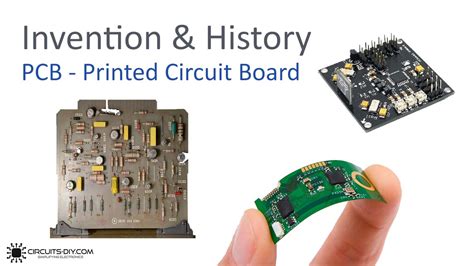 Read more: PCB History and Development
Read more: PCB History and DevelopmentThe Evolution of Printed Circuit Boards From Humble Beginnings to Modern Marvels Printed Circuit Boards (PCBs) have revolutionized the electronics industry since their inception in the early 20th century. The evolution of PCBs has been a remarkable journey, driven by the ever-increasing demand for smaller, faster, and more efficient electronic […]
-
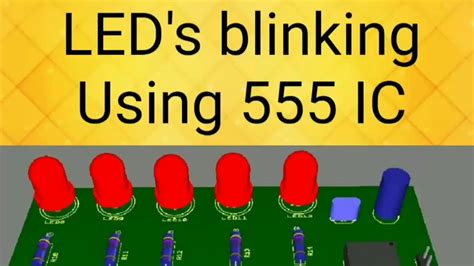 Read more: Ultimate Guide to LED PCB Assembly and Defect Analysis
Read more: Ultimate Guide to LED PCB Assembly and Defect AnalysisIntroduction to LED PCB Assembly Light-emitting diode (LED) printed circuit boards (PCBs) have revolutionized the lighting industry with their energy efficiency, durability, and versatility. As the demand for LED lighting solutions continues to grow, manufacturers must ensure that their LED PCB Assembly processes are optimized for quality and efficiency. This […]
-
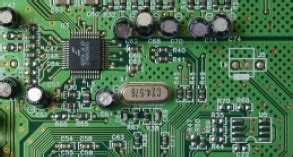 Read more: What is a Blank Printed Circuit Board and How to Make It
Read more: What is a Blank Printed Circuit Board and How to Make ItIntroduction to Blank PCBs A Blank PCB, also known as a bare circuit board, is a printed circuit board without any components soldered onto it. It is the foundation upon which electronic devices are built, providing the necessary electrical connections and mechanical support for various components such as resistors, capacitors, […]
